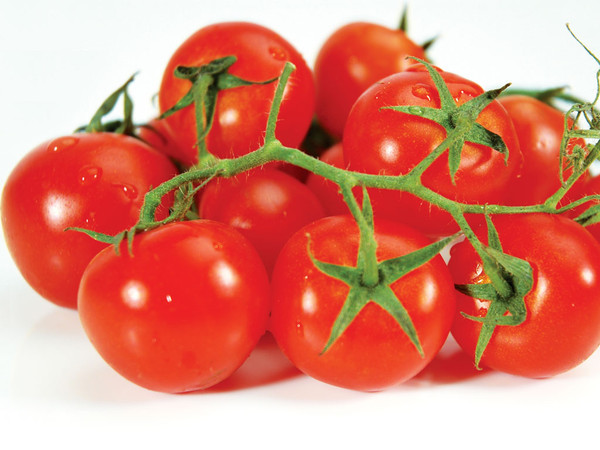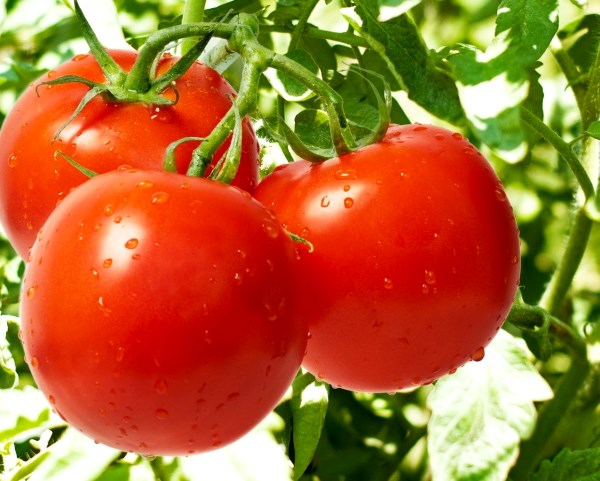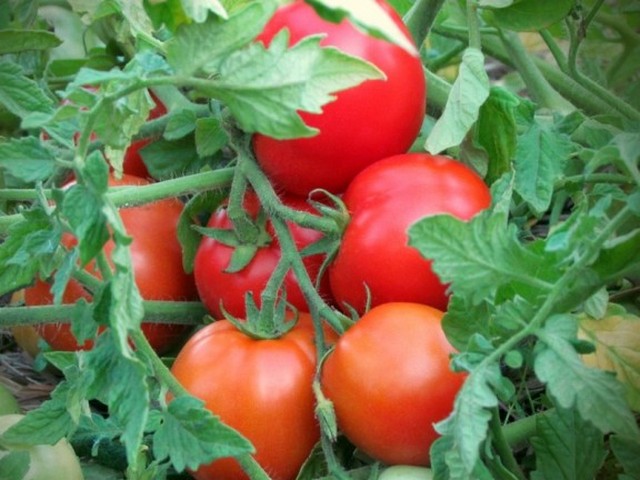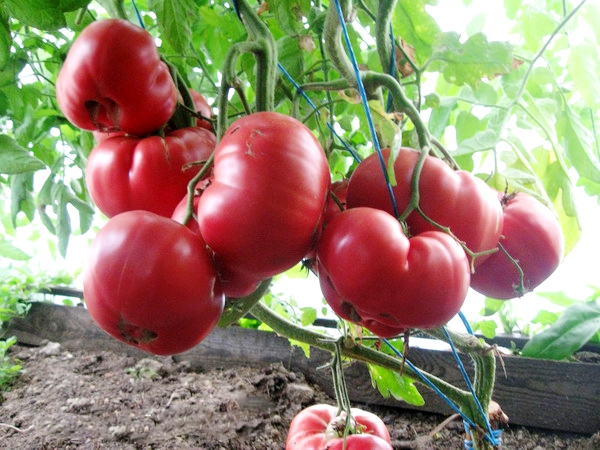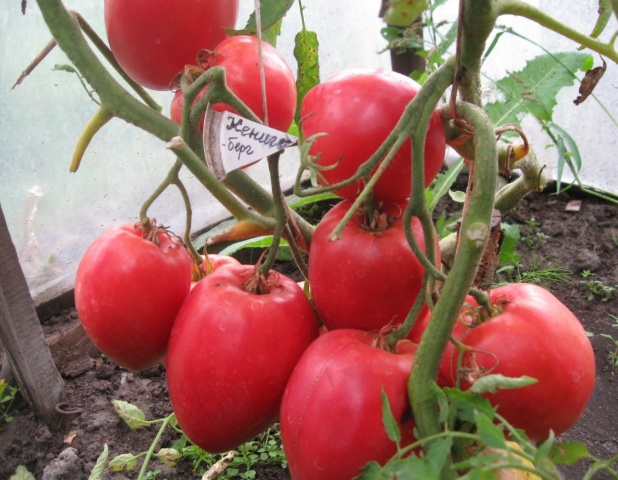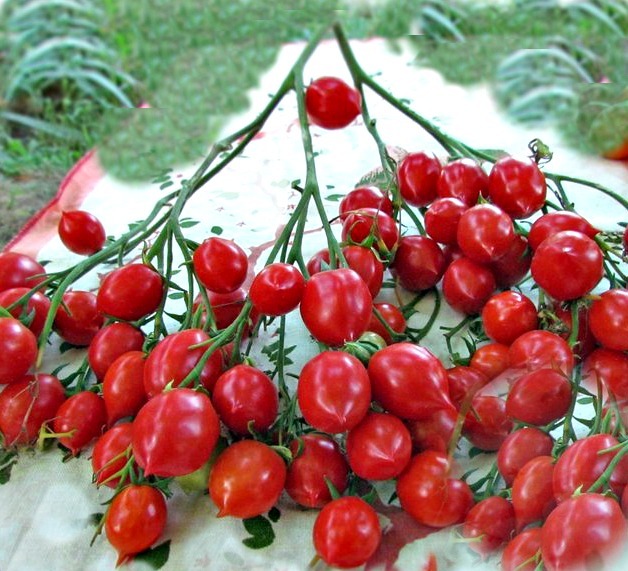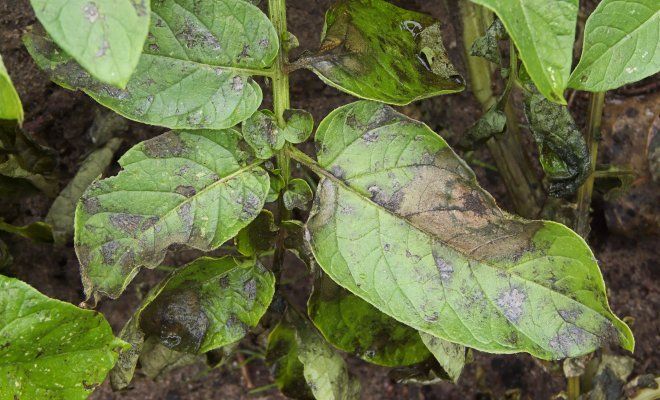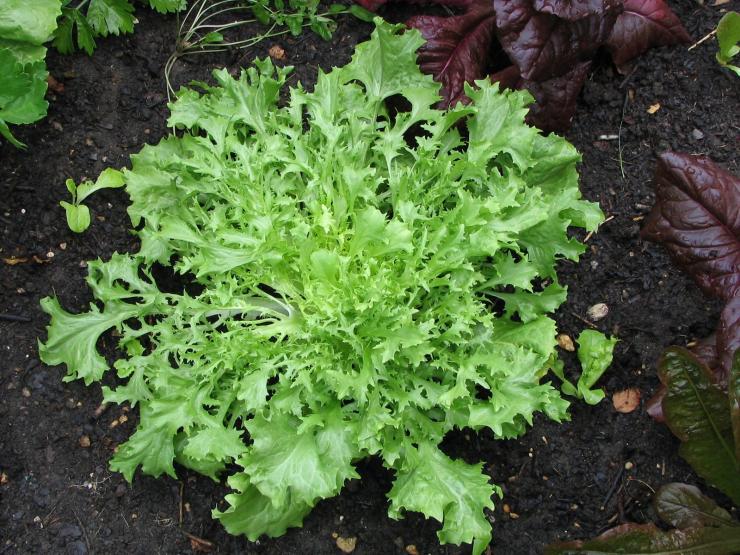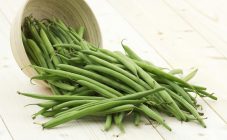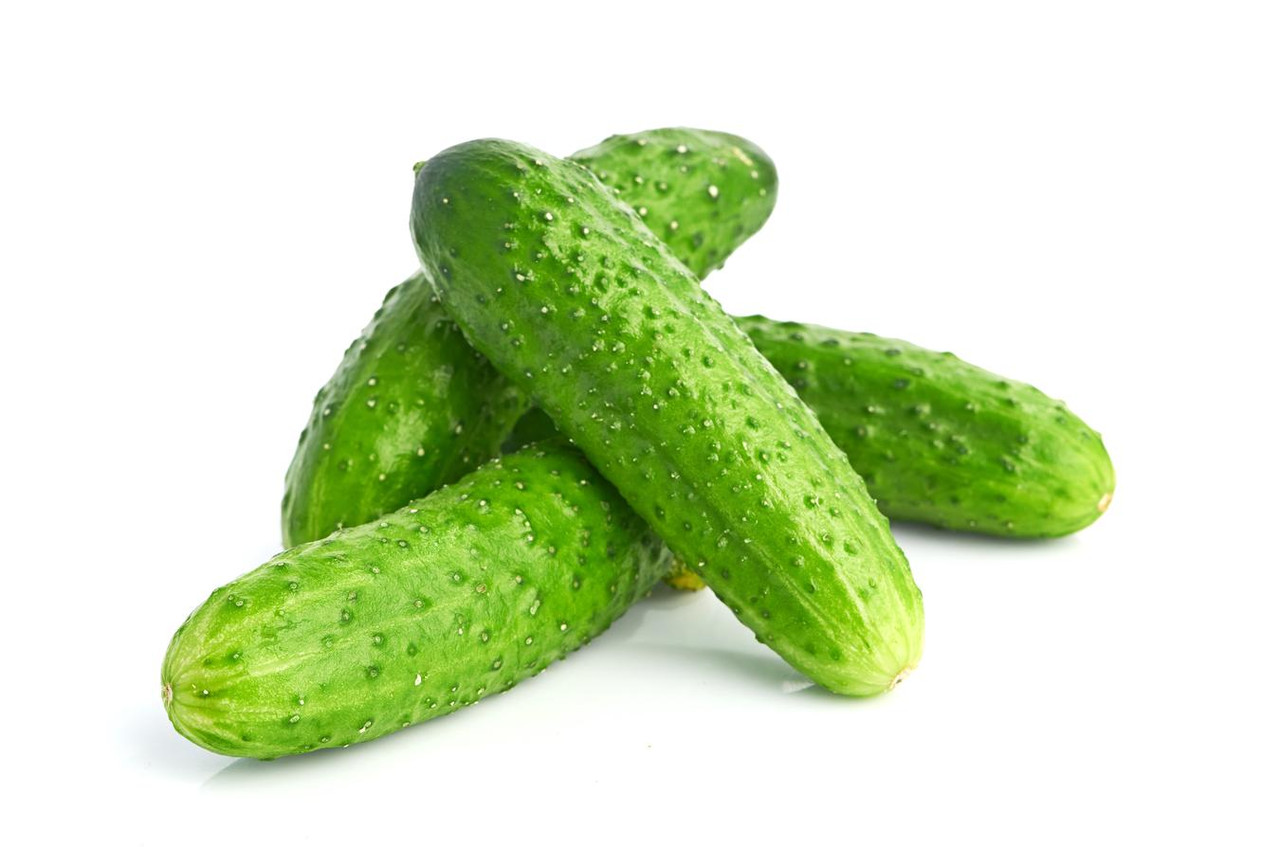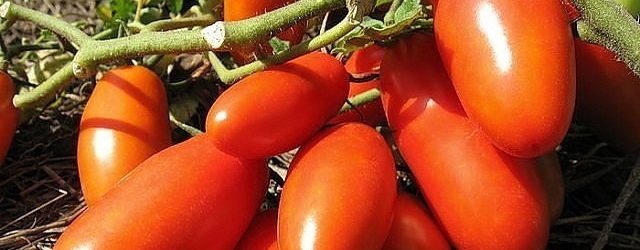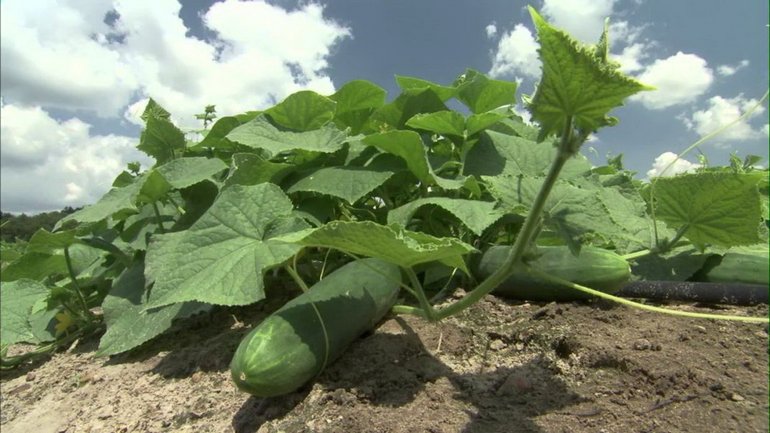A guaranteed yield of tomatoes in temperate climates can be obtained in greenhouses. But a plant grown in the open air is tastier and healthier. Gardeners prefer to plant high-quality tomatoes in open ground, since it is impossible to get their own seeds from hybrids.
Briefly about culture
South America is considered the homeland of this plant; its wild and semi-wild representatives are still found in Peru, Ecuador and Chile. The South American Indians, Incas and Aztecs were the first to domesticate this plant. They also gave it the name "tomatl", which means "large berry".
After the discovery of America in 1492 by Christopher Columbus, many outlandish plants were brought from the New World to Europe, among them was the tomato.
This is largely due to the Italian hot climate, similar to the climate of the tomato homeland. The Italian botanist Paolo Mattioli was the first to describe the plant in 1554 in scientific literature, and the Italian pomo d'oro, the golden apple, gave the tomato a new name - tomato.
According to its external features, the plant was attributed to the Solanaceae family, a prominent representative of which was the famous belladonna at that time, and the tomato was immediately declared a poisonous plant. Which is somewhat true - its odorous leaves, stem and even root can cause serious poisoning. For a long time in Europe, it was grown in greenhouses as an ornamental plant. Only much later its taste was appreciated.
Tomatoes were brought to Russia in the middle of the 18th century, and at first they decorated the windowsills of houses as indoor plants. In common parlance, they were called psinks, from their scientific name Solarium Lycopersicon, which means "wolf peach." Few dared to try its beautiful fruit-berries. One of them was the famous Russian agronomist Andrei Timofeevich Bolotov, who liked the taste of the fruit. Subsequently, Bolotov played a large role in the popularization of the tomato; he described in his articles the tomato as a remedy to combat scurvy. And the Russian nugget breeder Efim Andreevich Grachev bred the first varieties of tomato for central Russia, his outlandish gardens were located near Rostov, St. Petersburg and in the Moscow region.
TOP-5 tomatoes for open ground
The best varieties of tomatoes for open ground are undersized. As a rule, they are early maturing, ripen before the onset of the phytophthora epidemic, therefore they avoid a dangerous disease. In addition, undersized varieties often do not require pinching, pinching and garters, that is, they cause a minimum of trouble. When choosing tomatoes for the Voronezh region, it is advisable to consider early ripe varieties.
The TOP-5 includes 2 names of undersized varieties.
Sanka. It enjoys the special love of gardeners, as it is extremely unpretentious and yields a harvest under any weather conditions. The height of the standard bush is only 50 cm, less often it grows up to 60 cm.The stem is thick, does not need a garter. Sometimes it forms stepsons that need to be removed.
Under favorable weather conditions, the first tomatoes can be obtained already 70-75 days after planting the seeds. Fruits weighing from 80 to 150 g, red, round, fleshy, with tomato acidity, ideal for canning. For 1 sq.m planted from 4 to 6 bushes, with good care, you can collect up to 5 kg from each bush.
There is a variety of varieties with yellow tomatoes - Golden Sanka.
Apparently invisible.Another undersized variety, 60-90 cm tall. Planting density - 3 bushes per 1 sq. M. Early ripe, fruits ripen at 85-100 days, red, round, slightly flattened, weighing 250-350g, do not crack. Does not require a garter, however, due to the severity of the fruit, the bushes need supports for the branches in the form of a slingshot. The last fruits are smaller, used for canning. The peculiarity of this variety is that it can be grown on the balcony.
Tall varieties require more attention: they need to be tied up, pinned, and more fertilized. But as a result, the fruits are very large, with excellent taste. The best varieties of tomatoes for open ground among tall ones are also presented in two names.
Pink honey. It is the sweetest, top 5 variety. Delicious juice is prepared from it and even jam is made. In the open ground it can reach a height of 60-100 cm. Strong stakes or trellises are required for garters. Stepsons should be removed. 3-4 bushes are planted per 1 sq. M. The first fruits appear in 110-115 days. It is famous for its first fruits weighing up to 1.5 kg, subsequent fruits weighing 600-800 g.
They have pink juicy, sugary flesh, without sourness inherent in tomatoes and practically odorless. Its disadvantages include cracking of the fruit. If you choose tomatoes for the Voronezh or Volgograd regions, you should pay attention to this variety, as it grows well in warm regions of Russia.
Koenigsberg. It is also a large-fruited variety that gives a particularly large harvest in the Chernozem region. It should be pinched as it can grow up to 2 meters in height. And also pinch, without removing only the very first stepson, so that the 2nd stem is formed. In the lower part of the plant, fruits weighing up to 800 g are tied, in the upper part - 150-300 g.
The fruits are oblong and so tasty that breeders have bred 2 more varieties of this variety: Golden Konigsberg, with yellow, sweeter fruits (they are also called "sweet apricots") and Heart-shaped Konigsberg, with larger, up to 1 kg, fruits. Königsberg seedlings look lethargic, but some lethargy is inherent in this variety and is its distinctive feature. But a powerful root system allows the plant to feel good in hot regions. Red Königsberg is more resistant to return frosts and the vagaries of the weather.
Breeders are breeding all new varieties and among them it is worth noting a variety that is unique in its qualities and has already managed to fall in love with our gardeners.
Geranium kiss. This is a cocktail variety, bred by a farmer from the USA, where they also like to grow tomatoes on their plots. Compact bush 50cm high. Does not require pinning. Forms huge clusters, each of which has 60 to 100 fruits. Oval tomatoes, with a sharp nose, weighing 25-50 g, have a pleasant dessert taste. Resistant to major diseases of nightshade. In the southern regions, its seeds can be sown directly into open ground, having previously germinated them. It can also be grown on the balcony.
Diseases of tomatoes
The most common diseases that tomato suffers from are late blight (brown rot) caused by late blight fungi and fusarium (gray rot). Fighting tomato diseases is difficult, and quite often after infection it is necessary to destroy the entire plant so that others do not become infected from it. Therefore, it is much more important to carry out preventive measures.
And they need to start with seeds, since the causative agents of many diseases overwinter well on their surface. To do this, before planting, they are placed in a solution of cherry-colored potassium permanganate for a quarter of an hour.
It is very important to prepare the soil in which the seeds or seedlings will be planted. For disinfection, it is spilled with boiling water or the same solution of potassium permanganate.
It is not recommended to plant tomatoes in the same place for more than three years. It is also necessary to ensure that other vegetables of the nightshade family (potatoes, eggplants, peppers) are not grown in front of them, since they are all prone to the same diseases. The best precursors to tomatoes are cabbage, cucumbers, and onions.
At least twice before flowering and after the formation of fruits on the second brush, the plants are sprayed with a 1% solution of Bordeaux liquid, which is a fungicide that has a detrimental effect on the fungus, or an infusion of garlic with the addition of potassium permanganate.
Phytophthora develops in August, with a sharp change in day and night temperatures. The main condition for the appearance of a fungus is high humidity, therefore it is so important to observe the watering conditions. The plant is watered at the root, infrequently, but very abundantly. You can pour up to 4 liters of water under each bush at a time. It is very important that when watering, drops do not fall on the stem, leaves and fruits. The lower leaves are generally removed after the fruit is set, so that the air circulates freely between them and ventilates the plant from wet fumes.
It is noteworthy that new tomato varieties often have higher disease resistance than traditional ones.
By following these simple rules, you can grow a healthy plant and get a good harvest of tomatoes.
